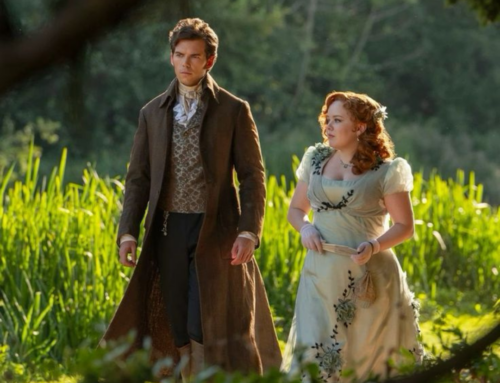Behind the scenes of L’Oréal Digital Services Factory

By ANDRE Isabella, ARCOS Maria, BOURI Tatiana, CHNG Chelsea, JAMMAL Dalia, ONWUZULIKE Dozie
In November 2020 a team of ESCP students presented their ‘discoverability playbook’ to the L’Oréal Digital Services Factory (DSF), the product of nine weeks of hard work. The team was introduced to L’Oréal’s new digital services, Skin Scan and Hair Diagnosis, both of which were developed by L’Oréal’s DSF to improve customer experience and engagement.
The main challenge facing L’Oréal was tackling the last step, which was the discoverability of these services by consumers. The ESCP team was assigned the mission of working with two brands which were planning on implementing these digital services in different global markets, and ultimately come with an action plan to reach L’Oréal’s target of 25% usage by 2025. This target meant that 25% of consumers visiting the services’ touchpoints (both online and offline) should be engaged.
“We have a great service, but we don’t know how to present it to our customers,” said Pierre-Olivier Guillou, Head of Customer Success at L’Oréal DSF.
The team created a general plan of the steps to be followed:
Analysing the services, consumers and digital landscape
Skin [age] Scan, the service promoted by Biotherm, is a tool that helps customers looking for healthier and younger skin. By scanning their skin using a selfie, the service provides a free, quick and personalised routine. The team were tasked to focus on the Chinese and German markets, as a test for eastern and western markets.
On the other hand, Kerastase was launching New Hair Diagnosis, an online survey that recommends consumers the best products and treatments for their hair. Their focus was the US market.
In each case the team conducted a deep research of the cultures and consumer profiles of both the brands and the markets. With this information, the team created personas that represented each segment and identified the “job to be done” by each.
The team then continued their research focusing on the digital landscape. This phase was particularly challenging when tackling the Chinese market. Platforms like Little Red Book and WeChat were analysed and chosen as launch bases for the campaign.
Brainstorming and strategy creation
The team divided themselves into two groups in order to better focus on each service’s and brand’s needs. They also counted on the help of an external tutor and ESCP alumni, Céline Chapuis.
Each group presented several proposals to the brands in a mid-term presentation. The proposals were then further refined and detailed with media plans, implementation strategies and examples.
Throughout this process, L’Oréal’s designated tutor, Pierre-Olivier Guillou, requested that both teams kept all ideas, even those not chosen for implementation, in order to include them in the discoverability playbook. This playbook was an amalgamation of both Biotherm’s and Kerastase’s media plans and strategies, adapted into a standardised format for the purpose of dissemination to other brands to use as general discoverability guidelines. This playbook was presented and handed out to L’Oréal in the final presentation.
Presentation of the strategy to the brands
After more than two months of work, both teams presented the final versions of their strategies and implementation recommendations created specifically for Biotherm and Kerastase. Biotherm’s strategy was focused on the personalisation experience and one-on-one treatment the service offered consumers, as well as how to utilise insights found through research such as Chinese KOLs and German pharmacies as launching points. In contrast, Kerastase’s recommended strategy was more about smartly creating buzz through a very detailed media plan. Both plans targeted the points the brands were especially interested in, and catered to their expectations.
Final presentation to L’Oréal and ESCP
At the end of the project, the team reunited to create a smart and intuitive playbook to guide future brands through this ideation, strategy creation, and implementation process. In it they included all the ideas, strategies and concepts that both teams had during the previous process. These were connected through a clear and defined structure and format that will allow future brands to easily navigate the strategies.
The L’Oréal representatives, tutors and ESCP teachers were very impressed by the amount of work, dedication and excellence that the project and deliverables demonstrated, and congratulated and thanked the team for their hard work.





